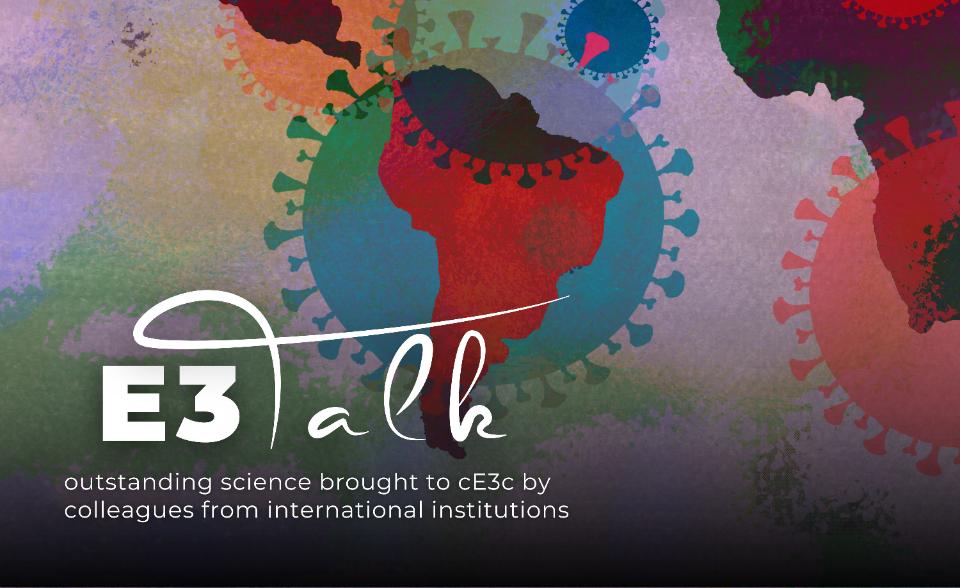-
Date:
19 Apr 2024
-
Location:
Room 1.3.23 - FCiências.ID, Faculty of Sciences of the University of Lisbon
-
Schedule:
15h00 (Lisbon time)
-
Lecturer or Responsible:
Marta Giovanetti

Online access • LINK
Password • e3talk
The global economy and public health have faced significant challenges due to infectious diseases, with notable outbreaks such as the Spanish Influenza, West Nile fever, Ebola hemorrhagic fever, and HIV/AIDS since the 1990s. Over the last two decades, dengue has particularly affected tropical and subtropical regions. However, from 2014 to 2024, there was a significant shift as dengue, zika, and chikungunya viruses caused extensive outbreaks, expanding into previously unaffected countries in the northern hemisphere.
The global spread of the SARS-CoV-2 virus has further exacerbated these challenges, resulting in over 701 million cases worldwide and impacting livelihoods on a profound scale. In region like Latin America, the disruption caused by SARS-CoV-2 is compounded by endemic infectious diseases like dengue, zika, and chikungunya. This complex epidemiological landscape highlights the importance of accurate pathogen identification to reduce case underreporting.
The COVID-19 pandemic has emphasized the critical role of molecular methods for virus identification and the analysis of epidemiological and evolutionary data. Real-time sequencing, coupled with bioinformatics tools and the integration of genomic and epidemiological data, is essential. These integrated approaches provide valuable insights into epidemic trajectories and are fundamental to establishing effective surveillance systems capable of monitoring and tracking the spread of infections across different regions.

